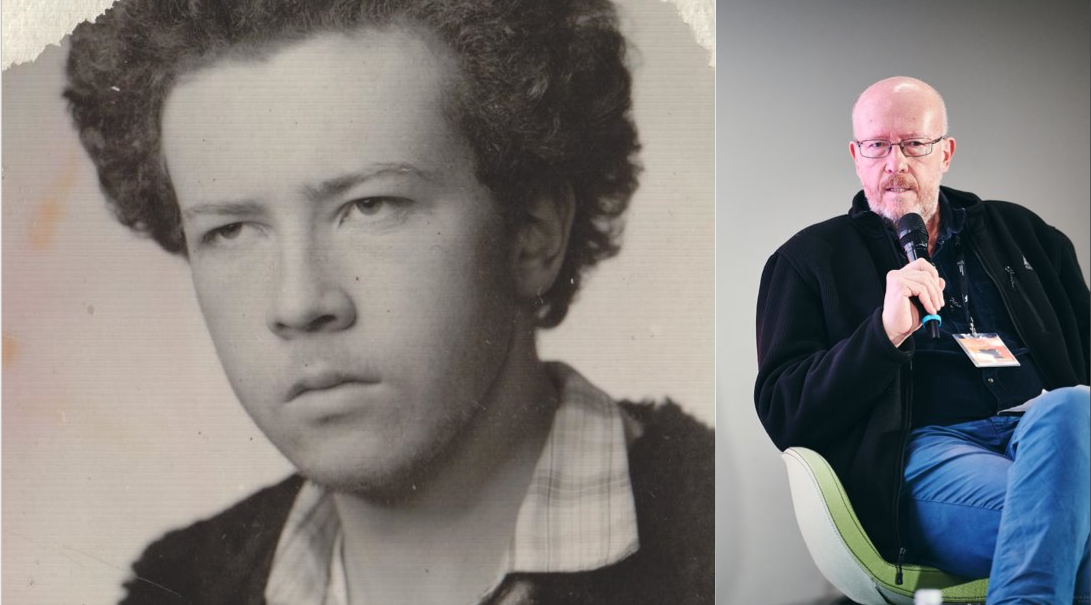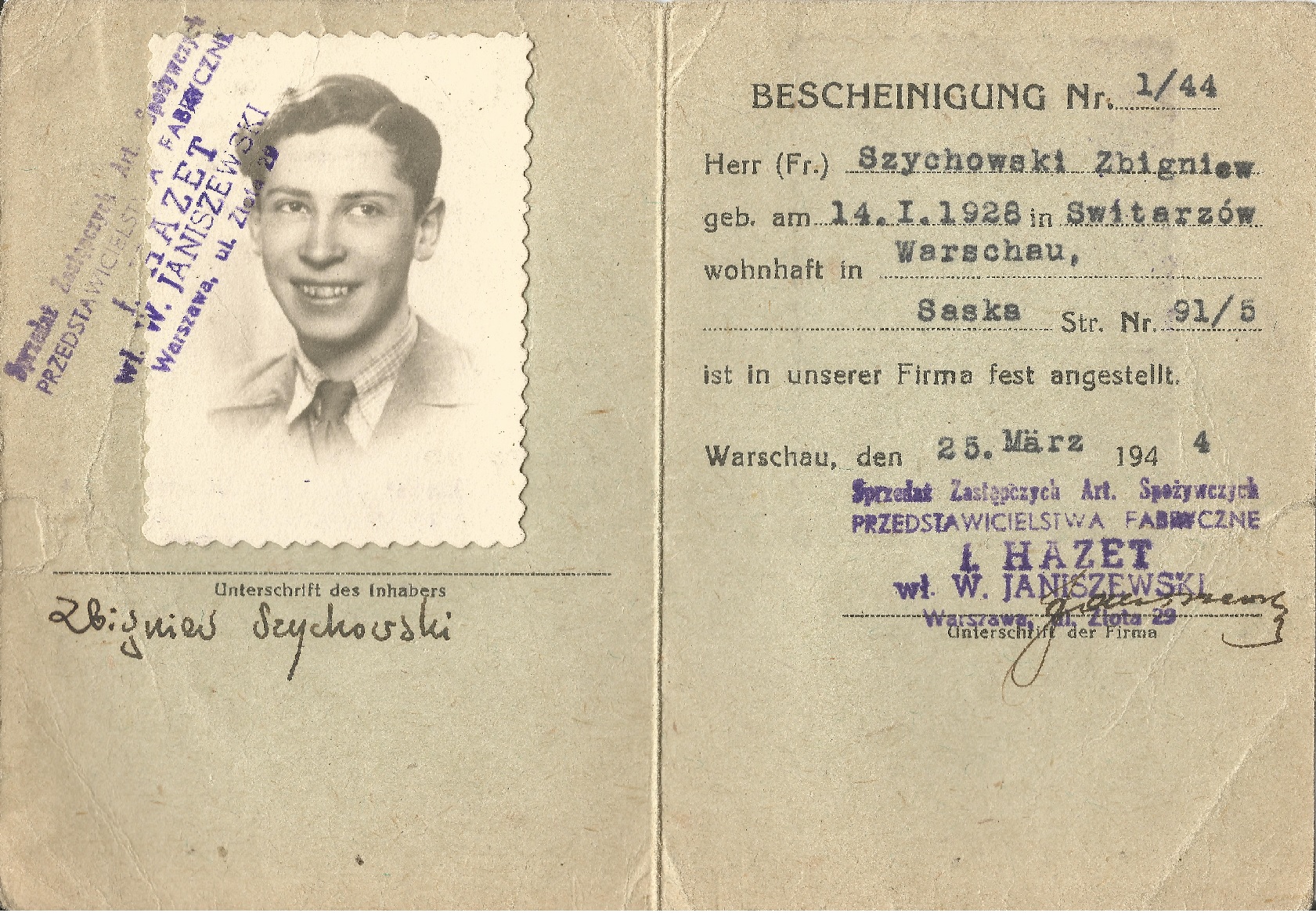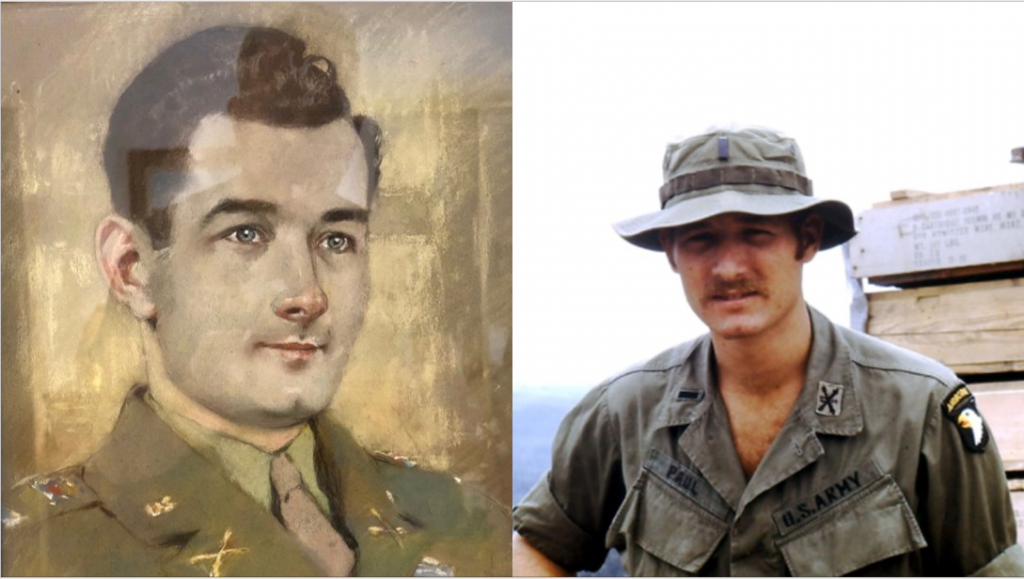Module 5: Memory and the Holocaust
Oral Histories from the Next Generations
The following oral histories and narratives were shared by individuals who survived the Holocaust as children, are children of Holocaust survivors, or are children of others involved (e.g., children of soldiers, liberators, or rescuers). Oral histories of the next generations offer us further details about the survivors’ stories, which helps us learn more about the Holocaust. Next generation oral histories also perpetuate conversation on the Holocaust and preserve memory. They also help educate younger and future generations about what happened and the impact the Holocaust had not only on survivors, but people in the contemporary world.
The 1.5 Generation: Thinking About Child Survivors and the Holocaust
Oral History: Frank Bialystok
In his oral history, Frank Bialystok describes how growing up in the diaspora and in a multilingual family played an important role in his identity formation.
Marianne Hirsh: The Generation of Postmemory
Read the following text to learn about Marianne Hirsh’s experience as a member of the second generation. Then read the next assigned reading, Why Memory?, to learn more about the concept of Postmemory, which Jessica Marino describes in her guest lecture.
Oral History: Jan Grabowski

In this clip, Dr. Jan Grabowski explains ‘his migration’ from the French colonization of Canada to the study of the history of the Holocaust.

In this second clip, Dr. Jan Grabowski describes his collaboration with his father, thus drawing attention to the role of personal experiences and family history in the history of the Holocaust.
Interactive Map
This interactive map of Jan Grabowski and his family history was created by Nicola Woodhead, a PhD candidate in History at the Parkes Institute at the University of Southampton, UK.
To effectively use this map, press on the menu button on the top left. You will then be able to scroll down and see Thomas and Caleb’s journey in the form of a list. Click on the different icons to learn more about them and discover pictures from their lives.

Oral history: Thomas Paul
In his oral history, Thomas Paul explains how his father’s difficult experience of the Liberation of Gunskirchen, one of the subcamps of Mauthausen, influenced his own experience serving in the U.S Army during the Vietnam War.
Interactive Map
This interactive map of Thomas Paul and his father’s life experience, including their time in the military, was created by Nicola Woodhead, a PhD candidate in History at the Parkes Institute at the University of Southampton, UK.
To effectively use this map, press on the menu button on the top left. You will then be able to scroll down and see Thomas and Caleb’s journey in the form of a list. Click on the different icons to learn more about them and discover pictures from their lives.

